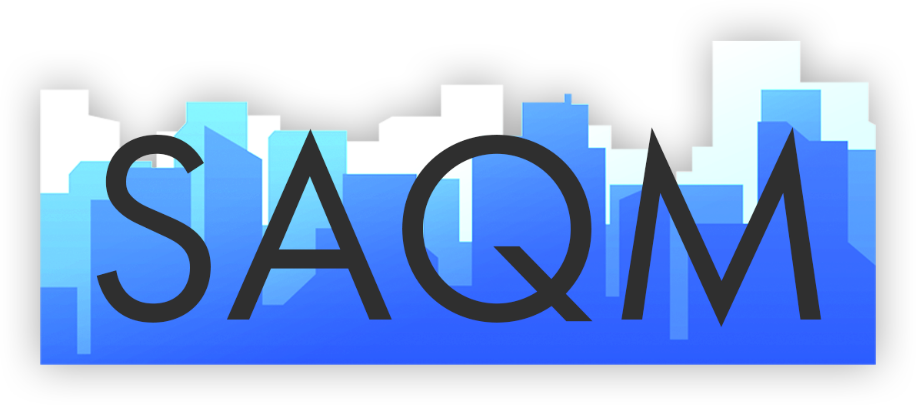
Objectives of the service

Image credit: 4 Earth Intelligence Ltd, Imperial College London. Contains OS data © Crown copyright and database right (2021).
Traffic emissions have an important impact on air pollution and health, but these datasets are generally from in-situ stations which are often sparsely distributed. Cities with a high density of traffic monitoring stations are only in affluent locations, rarely at country scale, and too often very poor quality or with coarse data resolution to inform air quality governing or planning effectively.
The 4EI and Imperial Satellite Air Quality Modelling (SAQM) system is summarised as:
1. Effectively and reliably extraction and attributes individual vehicles using very high-resolution satellite imagery with vehicle size and speed;
2. Creates vehicle emissions road-by-road and combines these with other emissions, to predict high resolution air quality concentrations in any city;
3. Developed air quality service that allows users to access, air quality pollutant concentrations as:
- Annual means for NO2, PM10 and PM2.5;
- NowCast’s involving backcasted pollutant concentrations continuously per each past hour and displayed in the platform for the previous 48hrs;
- Scenarios of very specific changes in baselined current environments such as replacing all buses with electric or hybrid bus services throughout a city or congested zone.
SAQM service is delivered through a web and mobile portal with both one-off purchasing, and subscription payment models available.
Users and their needs
The Users and Customers involved in the Demonstration Project fall within the sectors identified below:
Government/Local Authority – air quality is recognized as a major global health concern gaining national and international media coverage on a regular basis, and increasing knowledge is vital for informed policy decision making. Governance authorities require detailed and accurate baseline data for ensuring compliance and policy driving.
- Engineering Consultants/Transport planners – require air quality data for major infrastructure developments to ensure that they don’t exacerbate existing air pollution issues, including Traffic modelling which will require our inputs to inform urban planning;
- Health Agencies - require air quality data for informing commercial policies, workplace sustainability and duty of care to employee health;
- NGOs – as cities become more polluted there is significant negative impact on human health (particularly in emerging economies). High quality modelled air quality data is vital to inform policy creation and decision making.
These users were based in Europe initially with new markets being explored outside the demonstration project.
Service/ system concept
The air quality service allows users to access hyperlocal annual mean air quality for NO2, PM10 and PM2.5. As part of this offering a coarser resolution (10km) of air pollution is available across Europe, through a web platform and mobile-compatible application, with both one-off purchasing, and subscription payment models available. The traffic flow / congestion algorithm used within the hyperlocal air quality is also sold as a separate dataset and the algorithms deployed to third party EO webstores.
Our service offers on-demand air quality modelling information at a very high level of detail (20 metre resolution) with potential for application anywhere in the world. Spatial modelling of this kind is only possible through detailed knowledge of emissions sources, with vehicles being one of the most important. The satellite traffic detection and attribution acts as the road specific pollutant concentrations and is added to all other emissions sources including rural, agriculture biomass, air, rail, ships, domestic gas and industrial gas, oil, coal and biogenic to create the final air pollution coverage.
Image credit: 4 Earth Intelligence Ltd, Imperial College London

Image credit: 4 Earth Intelligence Ltd, Imperial College London
Space Added Value
Vehicle locations and speeds are extracted through interrogation of Very High Resolution (VHR) satellite imagery providing the following advantages to air quality modelling:
- Snapshots of large areas at a given point in time, rather than street-by-street based vehicle counts which are collected over a number of images;
- Input to air quality models that is captured remotely (very useful in hard to access locations or where no ground-based data exists);
- Access to satellite images that are specifically collected or from the very large archive of historical imagery, allowing trends and patterns to be established in vehicle volumes.
Utilising, Very High-Resolution imagery, means extracting a very high level of detail and providing a dense air quality product over large areas, which is unique amongst all potential competitors.
Current Status
The Demonstration Project is completed with very successful vehicle detection and speed derivation in all 50 of the cities exceeding target accuracies of 90% or better and calibration completed in many continents aligning with the ambitious goal of global applicability in global city environments. Users and customers have been consulted for requirements and the product designed in line with their needs ensures the product meets the latest developments in Air Quality policy (e.g. Clean Air Zones (CAZ), Low Emission Zones (LEZ), and Low Traffic Neighbourhoods (LTN). System and service architecture is complete with a portal and API deployed and 50+ users actively onboarded into a sustainable cloud-based operational service through a new Joint Venture between 4 Earth Intelligence and Imperial College London.
Prime Contractor(s)
Subcontractor(s)




